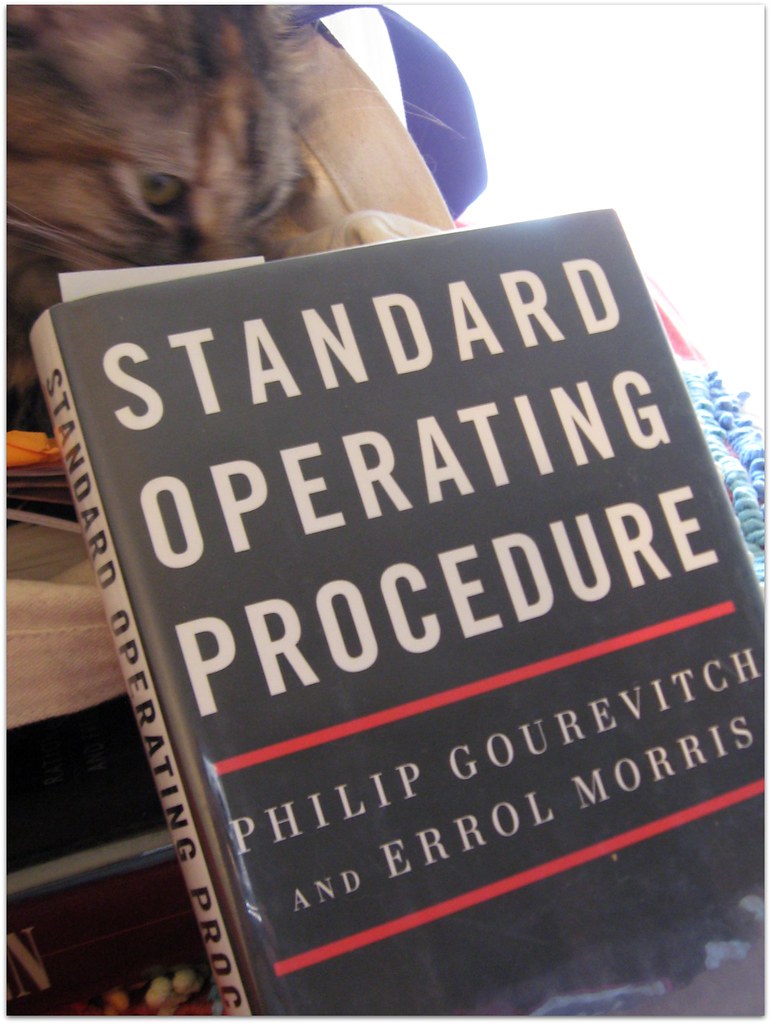Standard Operating Procedure (SOP)
Table of Contents

A Standard Operating Procedure (SOP) is a set of step-by-step instructions compiled by an organization to help workers carry out routine operations¹. SOPs aim to achieve efficiency, quality output, and uniformity of performance, while reducing miscommunication and failure to comply with industry regulations¹. They are used in various fields including clinical research, pharmaceutical processing, and manufacturing
SOPs can also provide employees with a reference to common business practices, activities, or tasks. New employees use an SOP to answer questions without having to interrupt supervisors to ask how an operation is performed¹. The international quality standard ISO 9001 essentially requires the determination of processes (documented as standard operating procedures) used in any manufacturing process that could affect the quality of the product
In addition, SOPs are extensively employed to assist with working safely. They are sometimes called “safe work methods statements” (SWMS). Their development is usually preceded by various methods of analyzing tasks or jobs to be performed in a workplace, including an approach called job safety analysis, in which hazards are identified and their control methods described
In summary, SOPs are crucial for maintaining consistency, reducing costs, increasing productivity, creating a safe working environment, and complying with industry-specific regulations and standards
Resources
(1) Standard operating procedure – Wikipedia. https://en.wikipedia.org/wiki/Standard_operating_procedure.
(2) Standard Operating Procedure (SOP) – Guide & Examples – Workflow Automation. https://workflowautomation.net/blog/standard-operating-procedure-sop.
What is the difference between a grocery store and supermarket?





Be First to Comment